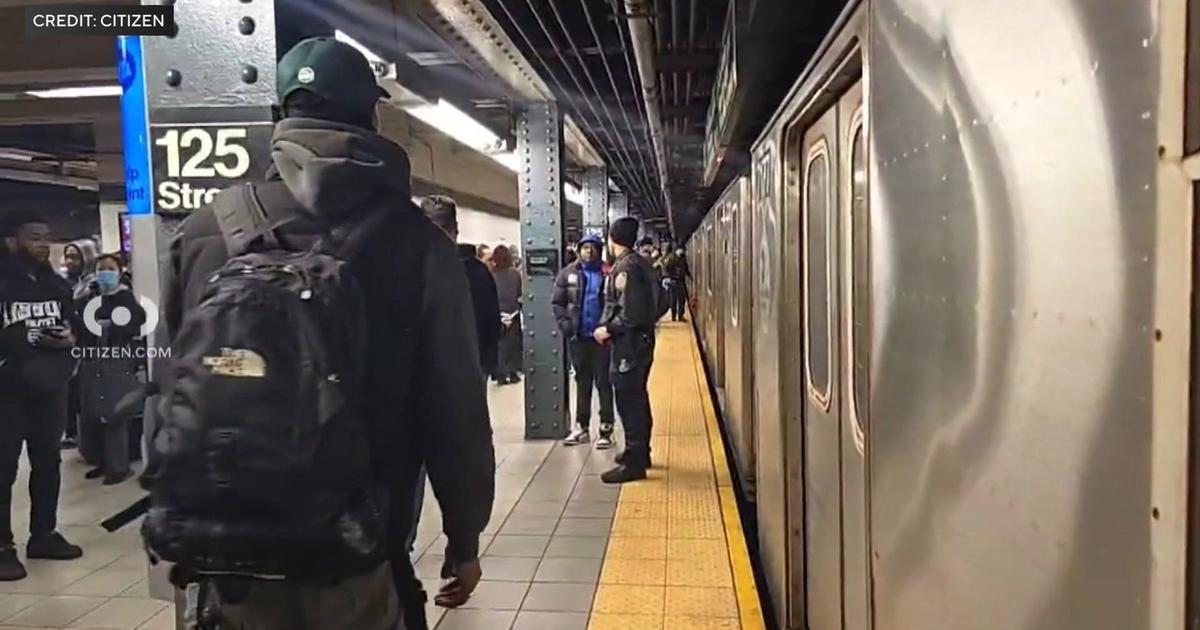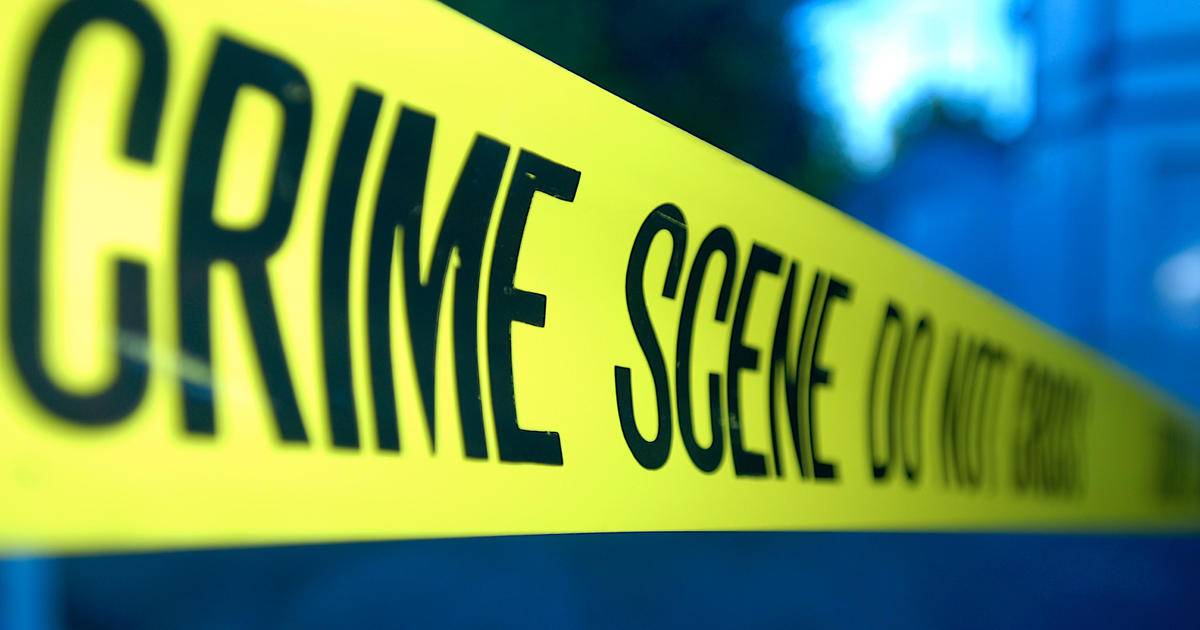Emergency Radio Service Often Doesn't Work In Subway, City EMTs Complain
NEW YORK (CBSNewYork) -- In an emergency response headache for New York City, some EMS technicians say radio service is spotty and potentially dangerous on the subway.
As CBS2 Political Reporter Marcia Kramer reported, NYPD officers are known as the "finest" and FDNY firefighters as the "bravest." But some emergency medical technicians said they should be known as the "weakest," because their radio signals are so weak that they often don't work when they respond to calls in the subway.
They said it is often like that old telephone commercial – "Can you hear me now?"
"Underground, EMS communications is very hit-or-miss. There are spots in the subway system where it works. There are lots and lots more that it doesn't work, and when our members roll in, they actually don't know whether they're in a good spot or a bad spot," said Robert Ungar, spokesman for union representing EMTs and paramedics.
EMS responders were a key part of an active shooter drill in the subway on Sunday where officials bragged about everything – including the communication between agencies.
"We provide a level of safety for our public. It's taking the person out of harm's way," said Joseph Pfeifer, Chief of FDNY Counterterrorism.
Officials said communications at big multi-agency events is usually top-notch. Their biggest concern is the small, everyday events, such as calls to stop the trains to care for sick passengers.
Such calls happen an average of 3,000 times a month – an average of 36,000 times a year.
"Potentially if an EMS crew is operating alone, one member would actually have to go either up the subway stairs out to the surface to transmit information, or would have to be used as a relay to reach dispatch if the person working on the patient on the platform cannot reach the dispatcher from the patient's side," Ungar said.
A spokesman for the FDNY said the department has been testing EMS radios over the past year, and has found that they work about 70 percent of the time at the Metropolitan Transportation Authority's 278 underground stations.
The FDNY refused to reveal the locations of the trouble spots, and how the EMS radios work in key stations such as Grand Central, Times Square and Penn Station.
"We'd like to know that our radios are going to work, and whether it's a big emergency or one person having a cardiac," Ungar said. "It's not acceptable. It needs to be fixed."
What is going to happen next is a little hazy, Kramer reported. The FDNY said it is meeting with the Metropolitan Transportation Authority to figure out how to fix the problem.



